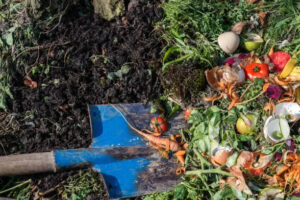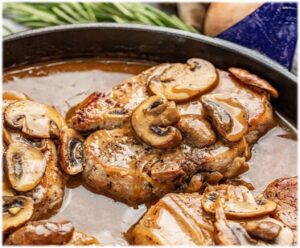Peppers, with their vibrant colors and varied flavors, are a favorite among gardeners and chefs alike. From the mild bell pepper to the fiery habanero, peppers can be grown at home with some basic care. This article will guide you through the steps of growing peppers and introduce you to some of the most popular and intriguing varieties.
Understanding Pepper Varieties

Before planting, it’s useful to familiarize yourself with the different types of peppers:
- Bell Peppers: Known for their sweet, mild flavor and crisp texture, bell peppers come in a variety of colors including green, red, yellow, and purple. ‘California Wonder’ and ‘Purple Beauty’ are popular choices.
- Banana Peppers: These mild, yellow peppers are often pickled or used in salads. Varieties like ‘Sweet Banana’ are excellent for gardeners looking for a less spicy option.
- Jalapeño Peppers: A staple in Mexican cooking, jalapeños offer moderate heat. ‘Early Jalapeño’ provides a quicker harvest, ideal for cooler climates.
- Cayenne Peppers: Known for their thin, pointed appearance and hot taste, cayenne peppers are often dried and ground into powder. The ‘Red Cayenne’ variety is a common choice for many gardens.
- Habanero Peppers: One of the hottest varieties, habaneros have a distinctive lantern shape and come in colors ranging from orange to red. They are best suited for experienced gardeners looking to add extra heat to their dishes.
How to Grow Peppers

Growing peppers can be immensely rewarding if you follow these essential steps:
- Timing and Planting: Start seeds indoors about 8-10 weeks before the last frost date. Peppers need warm soil to germinate effectively, so consider using a heat mat under seed trays. Transplant outdoors when the danger of frost has passed and daytime temperatures consistently exceed 60°F.
- Choosing a Location: Select a sunny spot in your garden as peppers require at least 6-8 hours of direct sunlight per day. The soil should be well-draining with a pH between 6.2 and 7.0. Enrich the soil with compost or well-rotted manure before planting.
- Spacing and Support: Space pepper plants about 18-24 inches apart to ensure adequate air circulation. Staking your pepper plants can help support them as they grow and prevent branches from breaking under the weight of the fruit.
- Watering and Nutrition: Keep the soil consistently moist but not waterlogged. Mulching around the plants can help retain soil moisture and control weeds. Feed the plants with a balanced fertilizer every 4-6 weeks to support robust growth.
- Pest and Disease Management: Keep an eye out for pests such as aphids and spider mites. Treat infestations early with organic pesticides or insecticidal soaps. Practice crop rotation and avoid overhead watering to minimize disease risks.
- Harvesting: Peppers can be harvested at any stage of maturity, but their flavor intensifies as they mature. Gently cut the peppers from the plants with a sharp knife or scissors to avoid damaging the plant.

Whether you are a novice or an experienced gardener, growing peppers offers a rewarding experience with delicious results. By understanding the different varieties and their specific needs, you can enjoy a rich harvest of peppers ranging from sweet to scorching hot. Remember, the key to successful pepper growth lies in proper care and patience, allowing you to enjoy the fruits of your labor from your very own garden.












